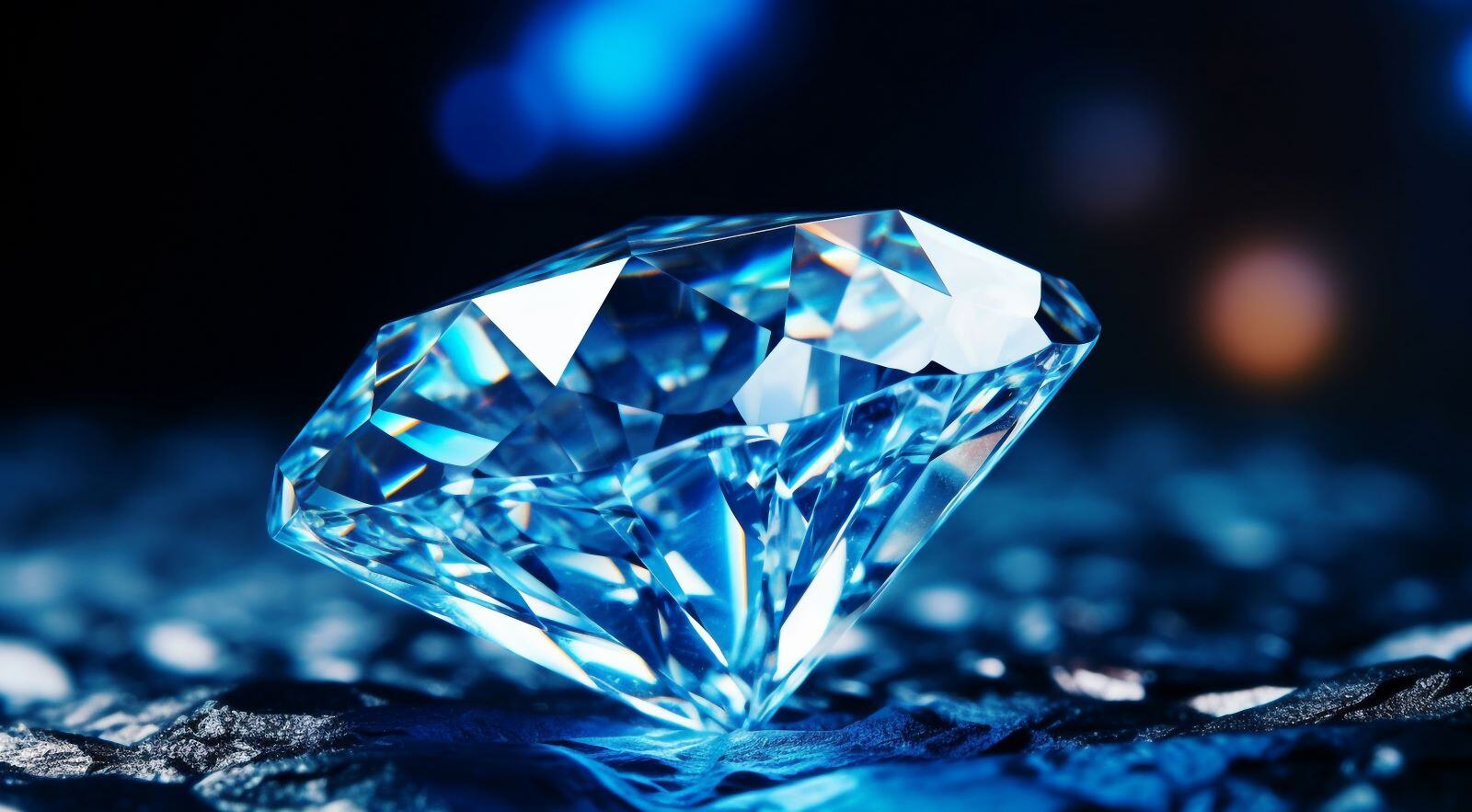
Diamonds have captivated human beings for centuries, serving as symbols of wealth, love, and beauty. Their allure is not merely due to their sparkling appearance but also the intricate journey they undertake from the earth’s depths to a jewel set in a ring. Formed under 對戒 heat and pressure, diamonds are essentially crystallized carbon. They are the hardest natural substance known to man, making them not only desirable for adornment but also for industrial applications. Their durability and brilliance have woven them into the very fabric of our culture, signifying commitment, success, and elegance.
The process of diamond formation begins deep within the Earth’s mantle, where conditions of high temperature and pressure facilitate the crystallization of carbon. This natural process can take millions of years. Over time, geological forces can bring these diamonds closer to the Earth’s surface, where they can be mined. The mining process itself is as fascinating as the diamonds it yields, involving a mix of technology and traditional methods. From open-pit mining to underground mining, and even alluvial mining, each technique poses its challenges and rewards, showcasing the remarkable journey from earth to elegance.
Once extracted, diamonds undergo a meticulous cutting and polishing process, transforming raw stones into brilliant gemstones. This is an art form in itself, requiring skilled craftsmanship to maximize a diamond’s brilliance and fire. The cut of a diamond—the way it has been shaped and polished—plays a crucial role in how light interacts with it. The round brilliant cut is perhaps the most popular, designed to reflect as much light as possible, enhancing the stone’s sparkle. Other cuts, like princess, emerald, and oval, offer different aesthetics, appealing to various tastes and preferences.
The valuation of diamonds is a complex interplay of various factors, primarily the four Cs: carat weight, cut, color, and clarity. Carat weight refers to the size of the diamond, with larger stones typically being more valuable. The cut determines how well the diamond reflects light, while color and clarity evaluate the diamond’s visual appearance. The absence of color is highly valued, with truly colorless diamonds fetching the highest prices. Clarity is judged based on the presence of internal or external imperfections, known as inclusions and blemishes, respectively. A clearer diamond is rarer and, therefore, more valuable.
Diamonds are often associated with love and commitment, symbolized through engagement rings and wedding bands. The tradition of gifting a diamond engagement ring can be traced back to the late 19th century, popularized by De Beers’ marketing campaigns that emphasized the idea of “a diamond is forever. ” This slogan not only reinforced the notion of eternal love but also created an emotional connection between the stone and significant life events. The choice of a diamond as a symbol of commitment continues to thrive, with couples often selecting stones that reflect their unique stories and preferences.
However, the diamond industry is not without its controversies. Ethical concerns surrounding “blood diamonds” or “conflict diamonds” have led to increased scrutiny and demands for transparency in the diamond supply chain. These diamonds are mined in war zones and sold to finance armed conflict, raising significant moral issues. In response, initiatives like the Kimberley Process Certification Scheme have been established to prevent the trade of conflict diamonds. Consumers today are increasingly aware and often seek ethically sourced diamonds, leading to the rise of lab-grown diamonds, which offer an ethical and sustainable alternative.
Lab-grown diamonds have gained popularity in recent years, appealing to environmentally conscious consumers. Created using advanced technological processes that replicate the natural conditions under which diamonds form, these stones are chemically and physically identical to mined diamonds. They are often more affordable and come without the ethical concerns associated with traditional mining. This shift in consumer preference is reshaping the diamond market, leading to a broader acceptance of lab-grown stones in engagement rings and fine jewelry.
In addition to their use in jewelry, diamonds play an essential role in various industrial applications due to their hardness. They are widely used in cutting, grinding, and drilling tools, showcasing their versatility beyond adornment. Industries such as construction and manufacturing rely on diamond-coated tools for precision and efficiency. The unique properties of diamonds also open avenues for innovation in fields like electronics and optics, where their thermal conductivity and optical clarity can be advantageous.
As we continue to explore the wonders of diamonds, their significance transcends mere aesthetics. They embody a blend of nature’s artistry and human ingenuity, representing commitment, beauty, and ethical considerations. Whether mined from the earth or created in a lab, diamonds will always be more than just gemstones. They tell stories of love, resilience, and the ongoing evolution of consumer values. In a world increasingly focused on sustainability and ethics, the diamond’s future appears bright, with the potential for greater responsibility and consciousness driving its path forward.
In conclusion, the journey of diamonds is as multifaceted as the stones themselves. From their formation deep within the Earth to their ultimate place in jewelry boxes, diamonds capture the imagination and inspire awe. Their enduring allure, combined with evolving consumer attitudes and ethical considerations, ensures that diamonds will remain a cherished symbol of beauty and commitment for generations to come.